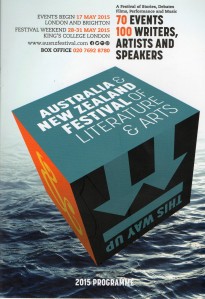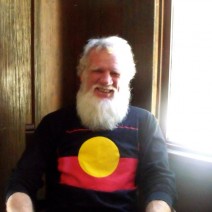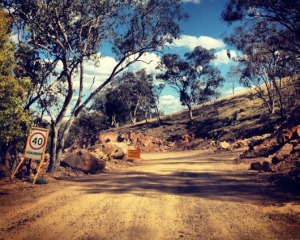So here I am in Australia yet again, that wonderful country of friendly and open people, beautiful scenery, surprising stories and terrible public transport.
I thought it was worth repeating a blog of a few months ago, in the hopes that people outside Australia will have a peek and take just a little more interest in this little-understood country. But if you are planning on visiting the continent, and more to the point, Sydney, a couple of warnings:
Public transport is rubbish. For certain suburbs the last train to leave the City (or CBD as it’s referred to here) often leaves before 9pm.
Trains aren’t always running in the evenings due to building works on what I think is a new Metro line.
Don’t try driving in the Eastern Suburbs at night, or indeed at points during the day. The light railway – two years in the making and still under construction – virtually blocks the roads.
A few years hence public transport may be a dream here. Until that time, I can only say London Transport – I miss you!
~~~~~~
In 1855, at the height of the Australian goldrush, a man named Henry Capper produced a pamphlet, price 6d, entitled The Australian Colonies: where they are and how to get to them.
He advised readers to buy a map, ‘look at the right hand lower corner, and there will be seen a very large island – the largest in the world – this is Australia, or as it was called in former days, New Holland . . . New South Wales can be found on the east coast, or right hand side of the map, is larger than the kingdom of Portugal.’
He described the general layout of the continent, its weather (‘seasons are reversed’), its topography (‘If it is allowed that only one half of Australia is good land, that will yet be twelve times as large as the whole of England, Scotland and Ireland) its wildlife, including snakes (‘not many, few venomous‘) and insects (‘mosquitoes and ants numerous and troublesome‘), and in particular – bearing in mind his expected readership – the fact that the country, especially Victoria and New South Wales, was rich in minerals.
Apart from the snakes his description was remarkably accurate. He also outlined the type of person who was eligible for ‘assisted migration’, viz: ‘The industrious, sober, healthy of the following classes: female servants, bakers, butchers, brickmakers, bricklayers . . .’ While ‘The class of person not wanted . . . are clerks, shop men, artists, schoolmasters, lawyers, doctors, workmen in the finer arts . . .’ unless they were prepared to work as labourers. Likewise with the women, ‘governesses, milliners, dressmakers, and any females who are not of the labouring classes are not wanted’. Which explains why virtually all my Australian antecedents – with the notable exceptions of my pioneer Australian emigrée Mary Pitt, and my good self – were ‘unassisted migrants’: they paid their own way because they did not pursue ‘useful’ professions. (The fact that in the late 1960s I was allowed to migrate to Australia for ten pounds despite the fact that I was an actress – hardly an under-subscribed profession – shows how such things have changed through the years.)
Australia on the map
Most 21st century Europeans probably have a rough idea where Australia is these days, but the country still rarely features in British consciousness, except when it comes to sport, and cricket in particular of course. This is partly because it is by and large a peaceful place that is not trying to extricate itself from a complex partnership with its neighbours, is not governed by a xenophobic racist, is not currently suffering from famine or civil war, and has never been invaded (except, notably, by the Europeans back in 1788, which is a whole other story that very few Brits are familiar with).
Globally it ranks below Canada in influence and power. Culturally it is not necessarily recognised as being in the top rank – not because Australia lacks culture, but because so much of the best of it doesn’t travel, simply because it is uniquely Australian. But whereas Aussies will happily sit in front of quintessentially British TV exports such as Monarch of the Glen or Fawlty Towers (or even, God help us, Midsomer Murders), the Australian equivalent rarely seems to hit our television screens. And whose fault is that?
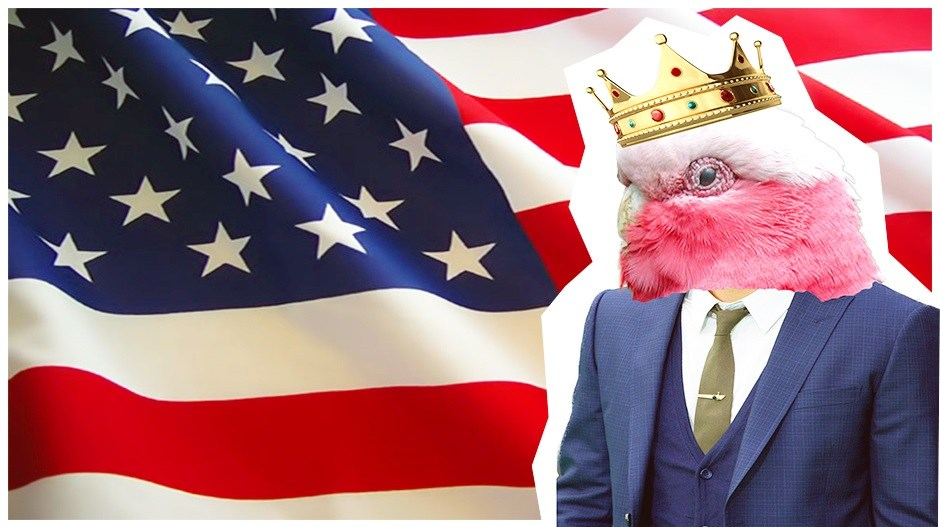
One of the most memorable shows I have ever seen in the theatre, still in my consciousness fifty years later, is The Legend of King O’Malley – a gloriously irreverent take-off of the man (an American as it happened) who ‘created Canberra’. More recently there was ‘Keating!’, an equally hilarious piss-take of the rise and fall of the ex Labor (sic) prime minister. To my knowledge neither of these shows has been produced outside Australia.
The Boy from Oz, a musical based on Peter Allen, singer-songwriter and, briefly, husband of Liza Minelli, ran on Broadway but never reached London. Tim Winton’s Cloudstreet had a brief run at the National Theatre here (which I missed because the performance I booked for was cancelled – due, I later learned from my Australian brother, to the fact that the leading actor had broken his ankle in a cricket match between the cast and the British crew); and the Sydney Theatre Company’s miraculous The Secret River, adapted by playwright Andrew Bovell from Kate Grenville’s Booker Prize nominated book – which I saw in a quarry near Adelaide a year ago, one of the most memorable nights I’ve ever spent at the theatre (see here) – again has never been seen outside Australia. Our Country’s Good on the other hand, adapted from the Thomas Keneally book by (UK-based American) playwright Timberlake Wertenbaker, premiered here at the Royal Court Theatre and has been revived on several occasions, the most recent in my experience at the National Theatre; where, confusingly, many of the white British invaders were played by black actors, and the token Aboriginal narrator told his story in what I can only describe as RADA English.
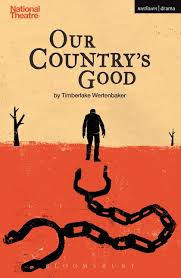
As for television – when did you last see an Australian production on prime time British TV? Yes they do exist, but again the landmark series of recent years, Redfern Now, which tells separate stories of Aboriginal families living in a suburb of Sydney, has not yet appeared on our terrestrial channels, and why not? (It is available on Netflix, watch it if you can.) Whereas Banished, about the arrival of the First Fleet in 1788, notable for its total lack of Aboriginal characters, and like Redfern Now the brainchild of Liverpool’s Jimmy McGovern, was shown on BBC2 and dismissed out of hand by viewers and critics on both sides of the world. (It never made it to a second series as a result.)
Ali G, aka Sacha Baron Cohen – famous in the UK and I imagine in Australia – was not the first dim-witted character to conduct mock interviews with famous people. Norman Gunston, aka actor Garry McDonald, was doing exactly that back in the 1970s. (Clips of his shows can be seen on YouTube.)

Nor was Twenty Twelve, the much-loved BBC ‘mockumentary’ about the leadup to the Olympics, a British invention. The Aussies did it twelve years earlier, with The Games (never seen on British TV). The makers of The Games not surprisingly accused the BBC of plagiarism, which they, not surprisingly, denied.
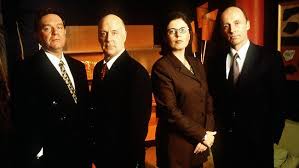
Co-creator and lead actor (the late) John Clarke described himself on his website as running ‘a charitable institute supplying formats to British television’.
(From https://mrjohnclarke.com/projects/the-games, cited on Wikipedia.)
So there we are. Australia is a much more inventive, interesting, and above all different place than Brits give it credit for. There are some great stories to be told, but meanwhile we in the UK have to put up with endless cop series featuring down-at-heel, harrassed female DIs and more reruns of Scandi Noir (nothing against them but they are all looking a bit the same now).
Just saying.
Patsy Trench
London, June 2018


